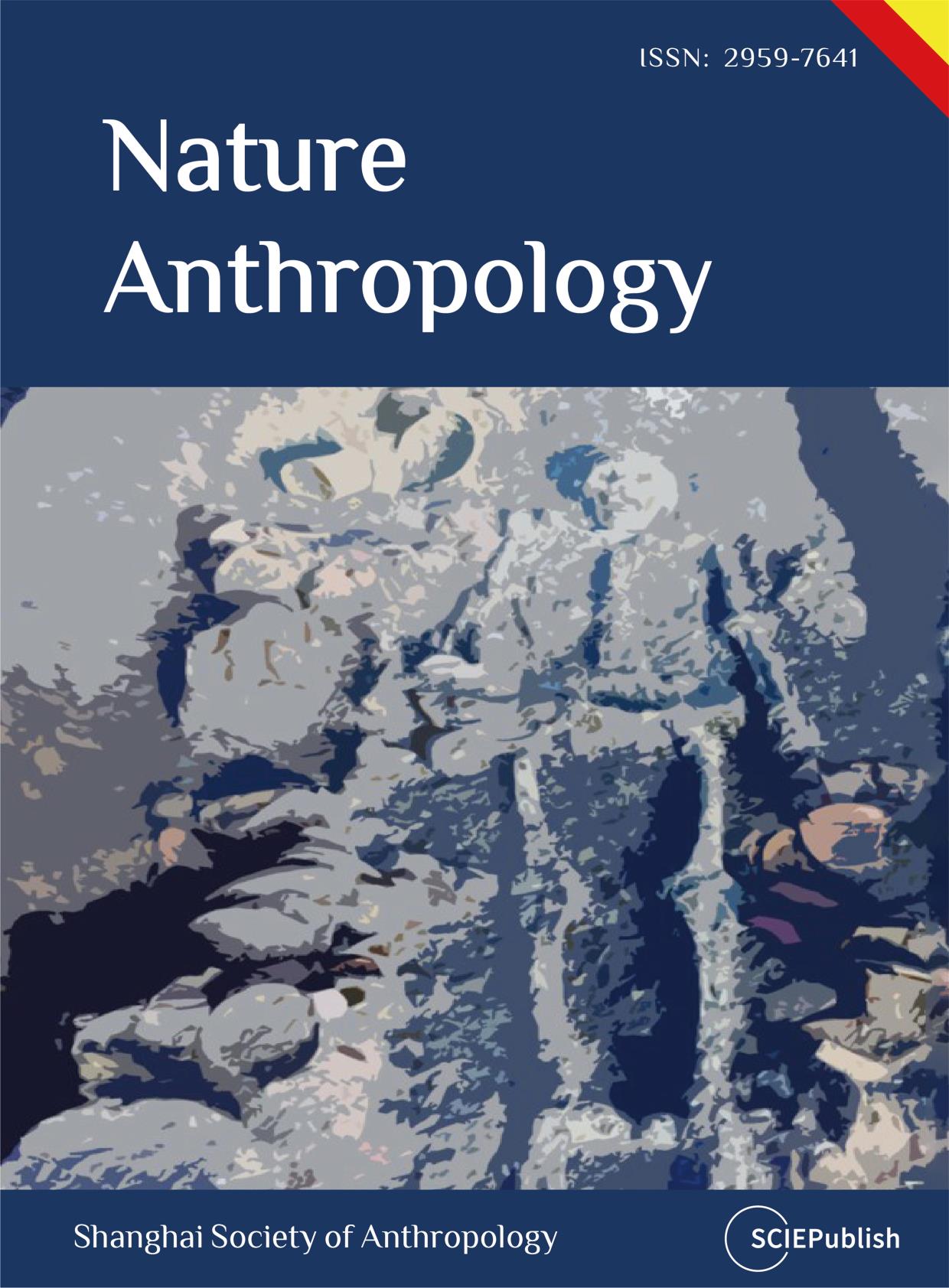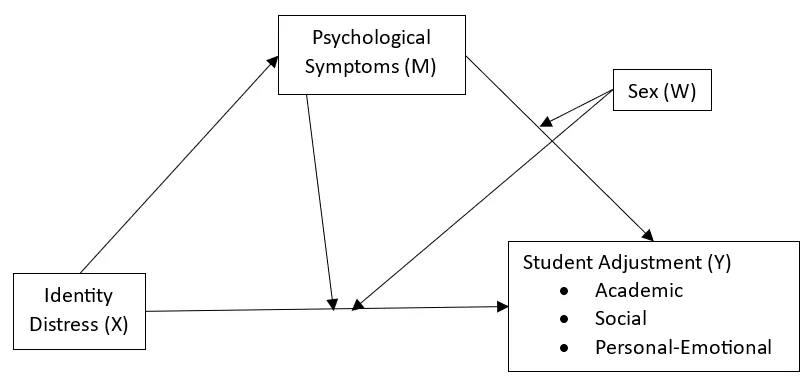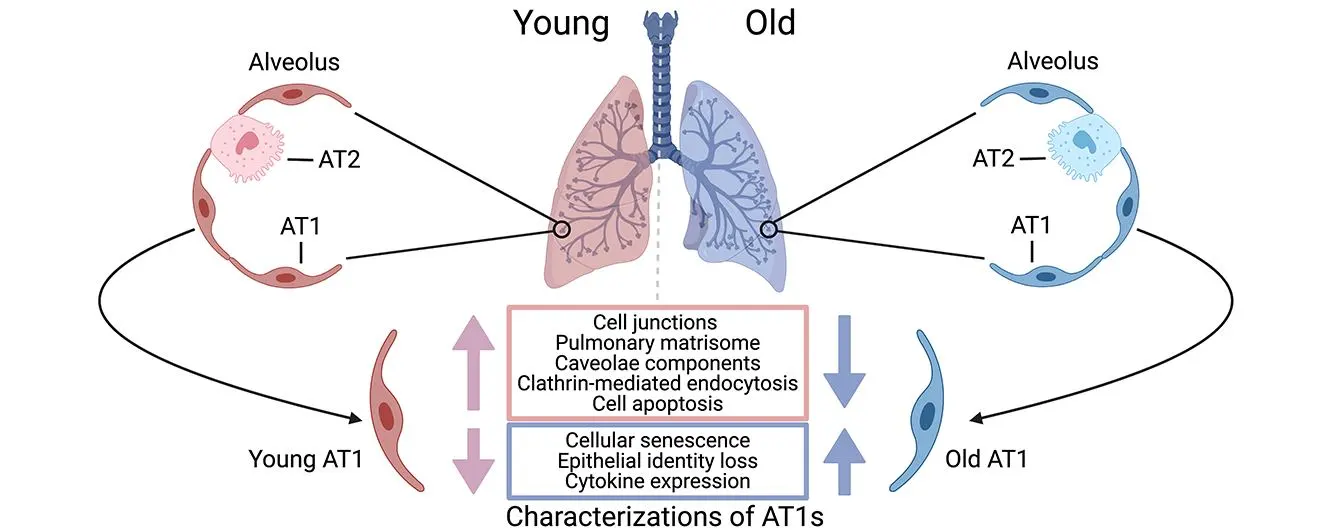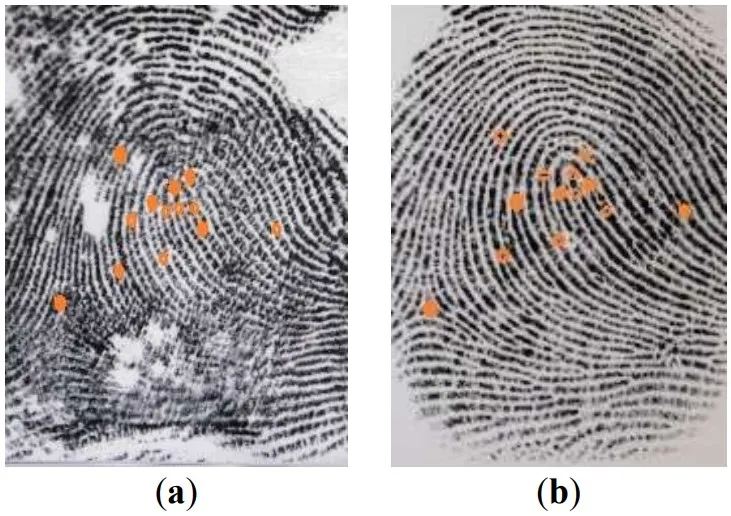Found 5 results
Open Access
Article
24 July 2025Anthropological Pathways to Cultural Understanding: “Language Learning Circles in Early Childhood Bilingual Education in the U.S.A.”
This article presents a literature review that employs an anthropological perspective to investigate the role of Language Learning Circles (LLCs) in fostering early bilingual development and cultural identity among Hispanic children in the United States. As the Spanish-speaking population grows, the need for culturally grounded language education becomes more urgent. LLCs, rooted in educational and anthropological traditions, serve as structured, dialogic spaces where language learning is tied to cultural practices such as storytelling, music, and rituals. Drawing on theories of language socialization, cultural artifacts, and communicative competence, this paper situates LLCs within broader anthropological discussions on identity, belonging, and community building. By highlighting how LLCs promote linguistic diversity, foster cross-cultural understanding, and employ inclusive teaching methods, the article offers insights into how early childhood education can serve as a powerful site for cultural transmission and resistance. Special focus is given to the implications for Hispanic families navigating bilingualism and educational equity in the U.S.

Open Access
Article
12 March 2025Cultural and Sex Differences in Emerging Adults: Identity Uncertainty, Psychological Symptoms and Adjustment at University
From the perspective of emerging adulthood, we investigated the role of culture and sex in associations between uncertainty and distress in identity development, psychological symptoms, and functioning at university among students in Canada, Spain, and Ecuador. The countries were categorized as individualistic or collectivistic according to Hofstede’s cultural dimensions. Participants included 661 students (median = 18 years, 76.6% female) in Canada (51.6%), Spain (16.2%), and Ecuador (32.2%). They completed the Identity Distress Scale, College Assessment of Psychological Problems Scale, and Student Adjustment to College Questionnaire with online surveys. Spanish students reported the greatest identity distress. Elevated academic adjustment was found for Ecuadorian students, who along with Spanish students exceeded those in Canada on social adjustment. Psychological symptoms mediated linkages between identity distress and academic and social adjustment for Canadian and Spanish women. Conversely, mediation was supported for the personal-emotional functioning of all students. Unexpected differences were found between males and females for identity distress and psychological difficulties among students in the individualistic countries. The findings underscore the need for the attention of researchers and counselors to potential variations in culture, sex, and other relevant personal and contextual factors and how they influence the identity development and well-being of university students worldwide.

Open Access
Article
22 July 2024Aging-Associated Molecular Changes in Human Alveolar Type I Cells
Human alveolar type I (AT1) cells are specialized epithelial cells that line the alveoli in the lungs where gas exchange occurs. The primary function of AT1 cells is not only to facilitate efficient gas exchange between the air and the blood in the lungs, but also to contribute to the structural integrity of the alveoli to maintain lung function and homeostasis. Aging has notable effects on the structure, function, and regenerative capacity of human AT1 cells. However, our understanding of the molecular mechanisms driving these age-related changes in AT1 cells remains limited. Leveraging a recent single-cell transcriptomics dataset we generated on healthy human lungs, we identified a series of significant molecular alterations in AT1 cells from aged lungs. Notably, the aged AT1 cells exhibited increased cellular senescence and chemokine gene expression, alongside diminished epithelial features such as decreases in cell junctions, endocytosis, and pulmonary matrisome gene expression. Gene set analyses also indicated that aged AT1 cells were resistant to apoptosis, a crucial mechanism for turnover and renewal of AT1 cells, thereby ensuring alveolar integrity and function. Further research on these alterations is imperative to fully elucidate the impact on AT1 cells and is indispensable for developing effective therapies to preserve lung function and promote healthy aging.

Open Access
Article
01 April 2024Identity, Secondary Vocational Education Options and Return on Investment: Evidence from Children of Rural Chinese Families
With the continuous improvement of living standards, the importance of educational choice becomes more and more prominent. Based on the data of China General Social Survey (CGSS), a simultaneous equation model of identity, secondary vocational education choice and investment return is constructed. On the basis of fully considering endogeneity and sample selection bias, this paper analyzes the influence of identity on secondary vocational education choice and investment return by means of instrumental variables and propensity score matching (PSM). It is found that class differentiation is the main factor affecting class identity. The more blurred class differentiation, the higher class identity. Class identity has a significant positive impact on identity. The higher class identity, the easier it is to form identity. Identity has a direct positive impact on personal investment return. The stronger the identity, the higher the investment return. At the same time, identity has a significant positive impact on the choice of secondary vocational education. The stronger the identity, the more inclined to choose secondary vocational education. Compared with individuals with junior high school education, individuals with secondary vocational education have a higher return on education investment. Therefore, identity can not only directly improve an individual’s return on investment, but also improve the possibility of an individual’s choice of secondary vocational education, thereby improving an individual’s return on education investment, and ultimately increasing an individual’s return on investment.

Open Access
Article
29 January 2024Determining the Identity of Corpses Using Fingerprints: Results from Practice and Analysis of Process Used in the Republic of Serbia
In today’s world, when there is a constant fight against organized crime and terrorism, when we have cases of mass accidents (plane crashes, train crashes, buses, etc.), the constant need for precise and quick identification of persons is evident in these cases. When we have situations with a large number of dead in various conditions, as well as complete or only parts of the body being on the spot, there is a need to use scientific and forensic methods in order to find out the reliable identity of these people. Furthermore, there is a need, in some cases, to identify persons who committed suicide, were killed, or died a natural death (accidental death) and who do not have documents according to which their identity can be determined. The aim of this paper will, however, be to identify a group of persons who need to be identified, known as unidentified corpses. Method. Describe and discuss the way of determining identity based on dactyloscopic data, which provides accurate and unambiguous identification, using fingerprints. Results. The identity was determined in 1271 cases of unidentified corpses by dactyloscopic comparison of fingerprints with a database containing fingerprints of about 8,000,000 indisputably identified persons. It was confirmed in 1139 cases. Conclusion. The high degree of identification in our research, as much as 89.6%, makes this method rightly represented as a standard method for confirming a person’s identity.
